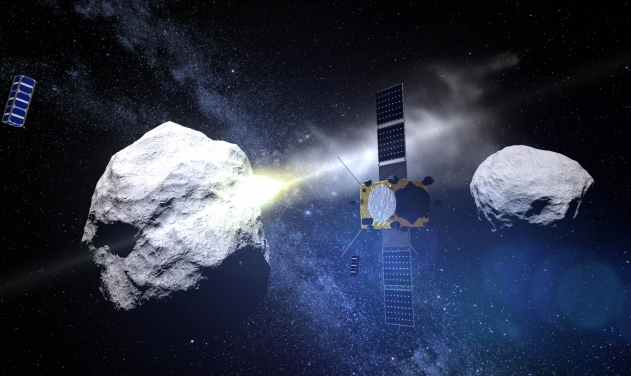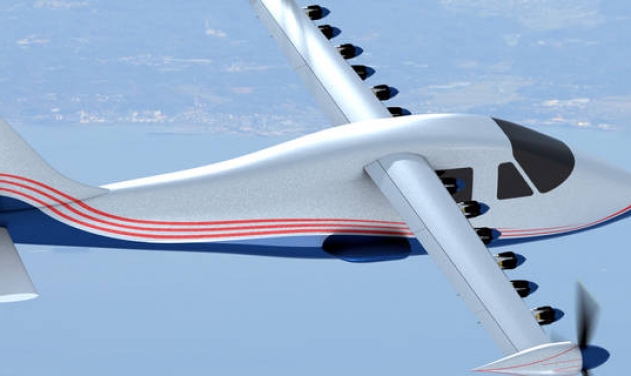NASA To Shoot Didmyos Asteroid To Defend Earth From Destroying Impact

National Aeronautics and Space Administration (NASA) is readying its first mission to deflect an asteroid, a move that is likely to help the space agency to understand how Earth can be defended from a planet-destroying impact.
The spacecraft for the Double Asteroid Redirection Test (DART) is now moving to the design phase, Sky News reported Monday.
Further the DART aims to display the "kinetic impactor technique" in which it will strike an asteroid and physically knock it into a different flight path.
The Didymos asteroid is being targeted because it is an asteroid binary system which consists of two bodies orbiting each other as well as the Sun.
Didymos A is the larger body, and is about a half mile across (780 metres) with the smaller body, Didymos B, being only 530 feet across (160 metres).
"A binary asteroid is the perfect natural laboratory for this test," said Tom Statler, programme scientist for DART at NASA Headquarters.
"The fact that Didymos B is in orbit around Didymos A makes it easier to see the results of the impact, and ensures that the experiment doesn't change the orbit of the pair around the sun." Statler added.
DART would fly to Didymos and use an on-board autonomous targeting system to aim itself at the smaller body. The size of a refrigerator, the spacecraft would then strike Didymos B at about nine times the speed of a bullet or 3.7 miles per second (6km per second).
"Earth-based observatories would be able to see the impact and the resulting change in the orbit of Didymos B around Didymos A, allowing scientists to better determine the capabilities of kinetic impact as an asteroid mitigation strategy," said NASA.
"Since we don't know that much about their internal structure or composition, we need to perform this experiment on a real asteroid.” Andy Cheng of The Johns Hopkins Applied Physics Laboratory in Laurel, Maryland, the DART investigation co-lead said.
"With DART, we can show how to protect Earth from an asteroid strike with a kinetic impactor by knocking the hazardous object into a different flight path that would not threaten the planet." Cheng said.













